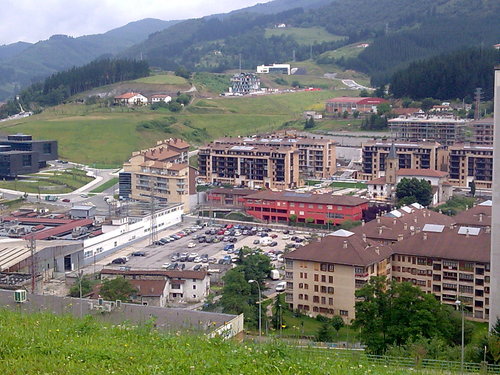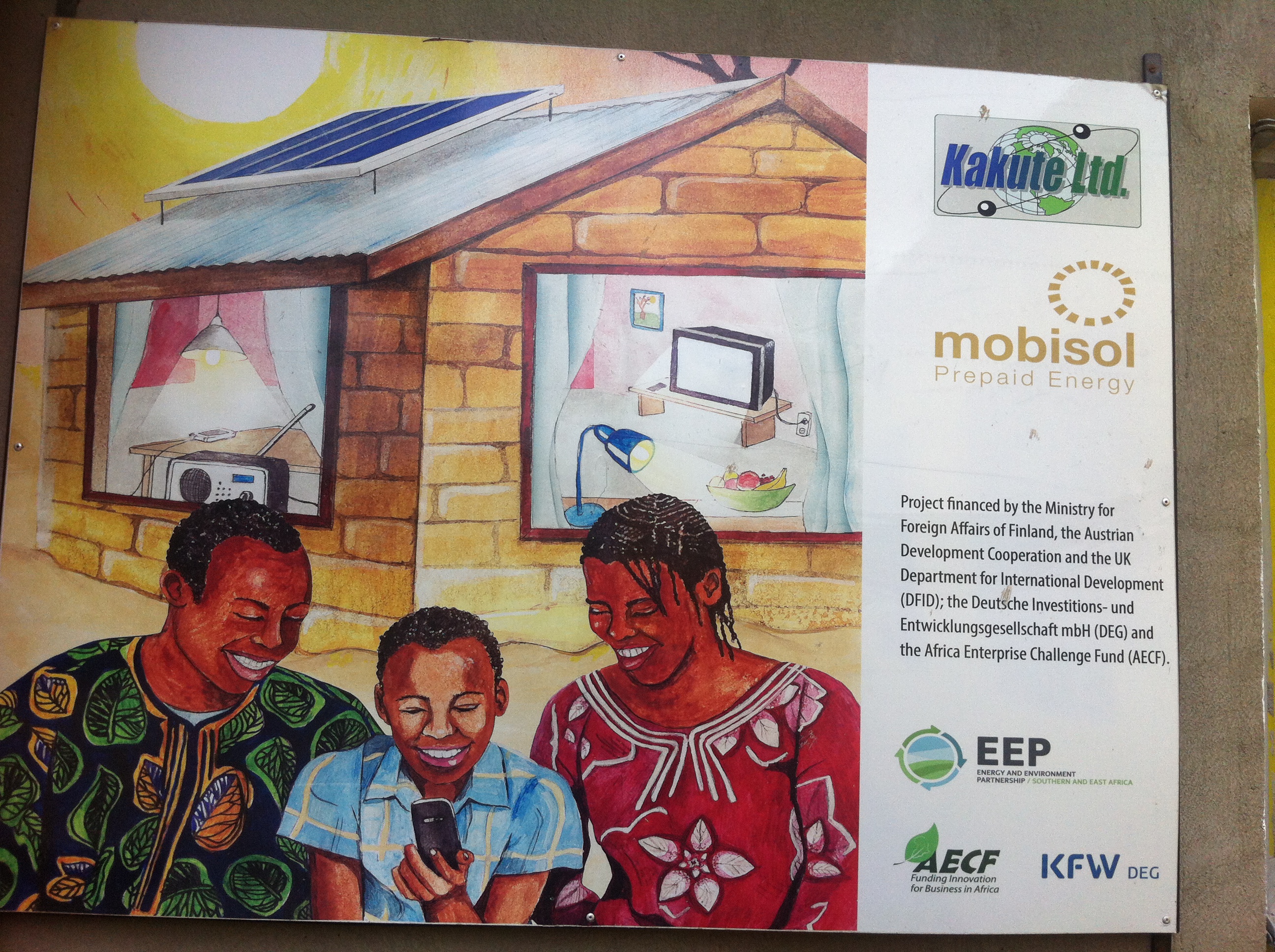A good size of research and a number of contemporary publications have been dedicated to industrial clusters.[1] Industrial clusters, in modern times, proved to be main hubs of technological innovation and critical transformations in society-technology dynamics. Whether in developing or ‘developed’ (or industrialized) societies, industrial clusters are recognized as pivotal sites of technological change that continue to influence societies at large.
Industrial clusters come in different shapes and sizes. They can be heavy industry complexes, where groups of heavy industry plants exist in proximity to each other, share and/or exchange raw material supply, produce/recycle the same waste (or by-products of processes), and possibly deliver to the same market/clients. For all of these reasons it makes sense for these plants to share basic infrastructure and coordinate their operations together, as such arrangement is wise for their logistics and budgets. Sometimes some waste of close-by plants can be part of the raw material for the operations of a neighboring plant, in which case they can engage in a ‘recycling’ agreement that resembles the ecological system (hence described using terms such as as industrial ecology, with other useful terms as ‘industrial metabolism’). Clusters could also exist as hubs for related services or high-tech businesses that share a market and sometimes need to deliver as one (think Silicon Valley). Sometimes a number of middle-size industries agree that it’s a good idea to share an industrial complex to facilitate environmental and logistical benefits for all of them (and for their markets as well). In developing societies it is not uncommon to find that a big number of workshops choose to place themselves on the same physical grounds and become a big local market for a particular local industry or technical service (e.g. carpenters, textile wholesalers and tailors, car garages, house appliance trades, etc.).
That was a brief description of industrial and business clusters in general, and why industries/businesses may see advantages in joining them. Now, what about social enterprises that are involved in technology diffusion activities? Will forming ‘social enterprise clusters’ be beneficial to them as well? Will it also be beneficial to them in terms of more effectively achieving their technology diffusion goals? And how will the different settings of developing vs. developed societies contribute to the relative success or failure of such clusters?

If we look at cooperatives as bona fide social enterprises,[2] we can talk about The Mondragon Cooperatives of the Basque region of Spain as a very good and successful example of a cluster of technology-oriented social enterprises. Mondragon cooperatives are formed as a group of corporate cooperatives – including industrial ones that produce modern technology products for the construction, high-tech machinery and home appliance sectors – that exist in proximity to each other and usually operate as a community, sharing multiple resources, infrastructure, logistics, R&D and financial services.[3] Operating in a cluster model can be easily shown to have served the Mondragon industrial cooperatives well and also served the efficiency of their global technology supply chain.
But what about developing societies, particularly in Africa? There are two examples I want to talk about here; one I heard and read about from many reliable sources and one I have witnessed first-hand. I heard and read about the vibrant scene of social enterprises based in Nairobi, Kenya. In that scene, there are business incubators and dynamic hubs where many social enterprises rent offices or cubicles in proximity to each other, and as they respond to various development challenges they find themselves communicating, collaborating and partnering with each other in projects and initiatives. It so happens sometimes that there are calls for opportunities or funded projects that require skills and expertise divided between more than one social enterprise, and so they may join arms to address those opportunities. ICT diffusion enterprises and organizations seem to be often involved in such arrangements.
In Arusha, Tanzania, there is another example I am more familiar with. A group of social enterprises of different sizes found themselves (without collective planning) grouped together (i.e. their main offices) in proximity to each other with some of them sharing office space. They mostly work in renewable energy technology diffusion, rural market value chain improvement, agricultural technology innovation and microfranchizing network building. There were different ways in which these enterprises in the cluster interacted with each other over the past few years. For example:
- One organization – the oldest in the location and in Tanzania – incubated another that came in from abroad with investments in providing affordable solar PV systems for average households in rural and urban Tanzania. Since the elder organization knew the market, the communities and infrastructure, and had the skills and expertise of diffusing new technological systems to their local context, they incubated the new enterprise successfully enough that it became a brand name in the region within 2-3 years. The two organizations, to date, still share some office space although each one currently runs their own operations almost autonomously.
- Two organizations shared market intelligence for mobile solar PV lanterns in the region, and also shared some logistical expenses (such as sharing a 4×4 rental car for field operations for a few months).
- Two other organizations decided that it would be cost-effective to build office space together on an available small piece of land. In the shared building they also shared a machine shop, internet subscription, office appliances, and sometimes vehicles. They also shared contacts, information and efforts about innovating particular agricultural machines for the local market.
- One organization was born from the cooperation of the two organizations above, then started to have its own flavour as an innovation lab and educational centre for school students who like to learn more about appropriate technologies and their creation. Later on this third organization merged with one of the two above to form a new one with the experience and resources of two.
- One project that was concerned with microfranchizing network building gave birth to another social enterprise that now provides customized ICT products and services to companies with rural distribution networks. This new enterprise then continued to have strong ties with the original organization while ventured further to have new clientele.
- Due to proximity and related expertise, each of the boards of directors of these organizations now have members from the leadership of neighboring organizations in them.
- Collaborative efforts are continuing without signs of severing in the near future. The leading staffs of all these organizations know each other well and have relative easy access to each other as needed.
In my field research and interviews with some of these organizations, and throughout my general time spent with them, I gathered a general sense of acknowledgement of the benefits of this unique cluster. The situation is not without its challenges and grieves. It is also not established in a formal way (with regards to the entire number of organizations involved, although some bilateral MOUs exist between some of them). It is generally an interesting case for a cluster that was not initiated in a formal way but grew more or less organically.
Although the two examples above cannot be sufficient to help reach generalizations about the benefits and, perhaps, perils of clusters for social enterprises in developing societies, they nevertheless tell us something of value. Overall it seems that the cluster approach deserves more attention and investment; it has some good promises.
_________
[1] See for example: Banji Oyelaran-Oyeyinka and Dorothy McCormick (eds.) (2007). Industrial Clusters and Innovation Systems in Africa: Institutions, Markets, and Policy. United Nations University Press. http://unu.edu/publications/books/industrial-clusters-and-innovation-systems-in-africa.html#overview
[2] The social enterprise literature, to date, considers cooperatives as social enterprises par excellence. Cooperatives have a built-in triple bottom line focus, they naturally create social as well as economic value, and they usually combine business rigor and civil society philosophy by default. Although cooperatives are themselves older than the global wave and term of ‘social enterprises’ – therefore deserving a category of their own – it is also not necessarily inaccurate by any measure to call them social enterprises.
[3] Johanna Mair & Oliver Schoen (2007). “Successful social entrepreneurial business models in the context of developing economies.” International Journal of Emerging Markets. Vol 2(1): 54-68.

